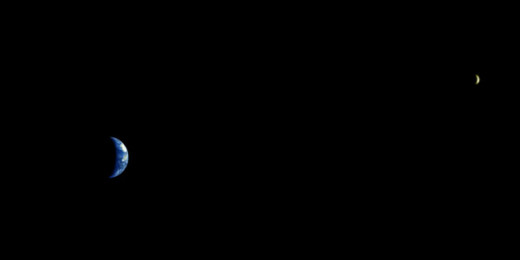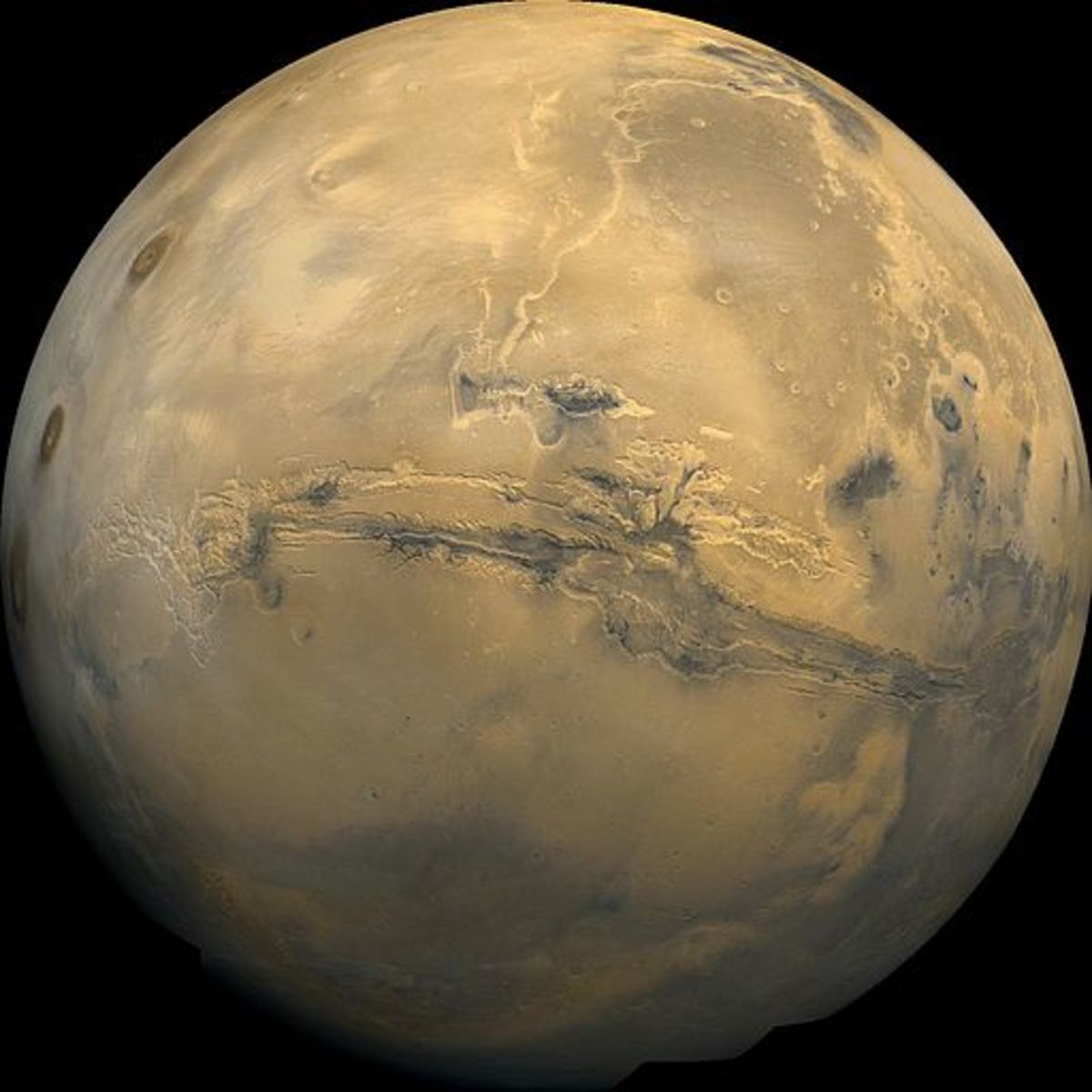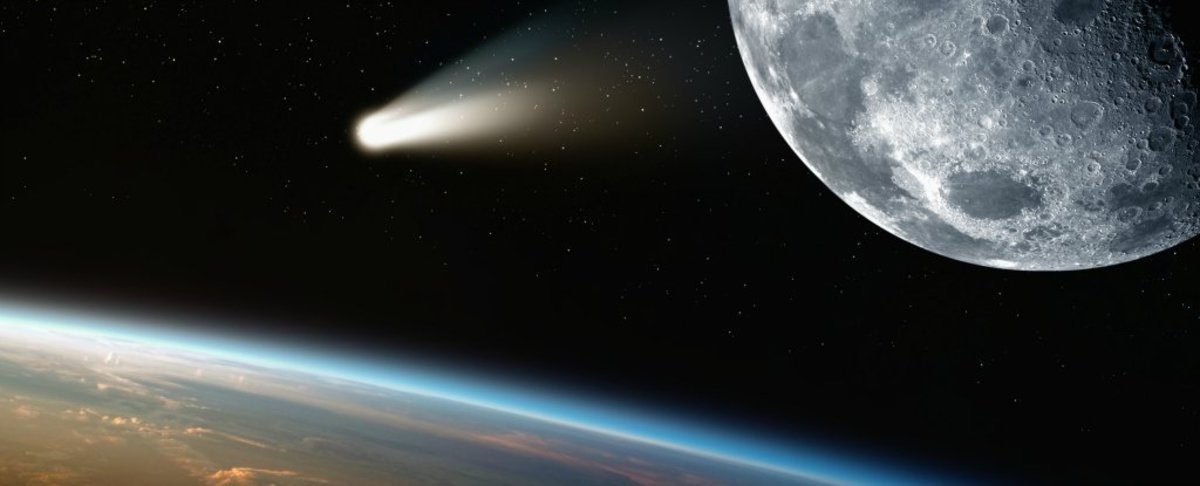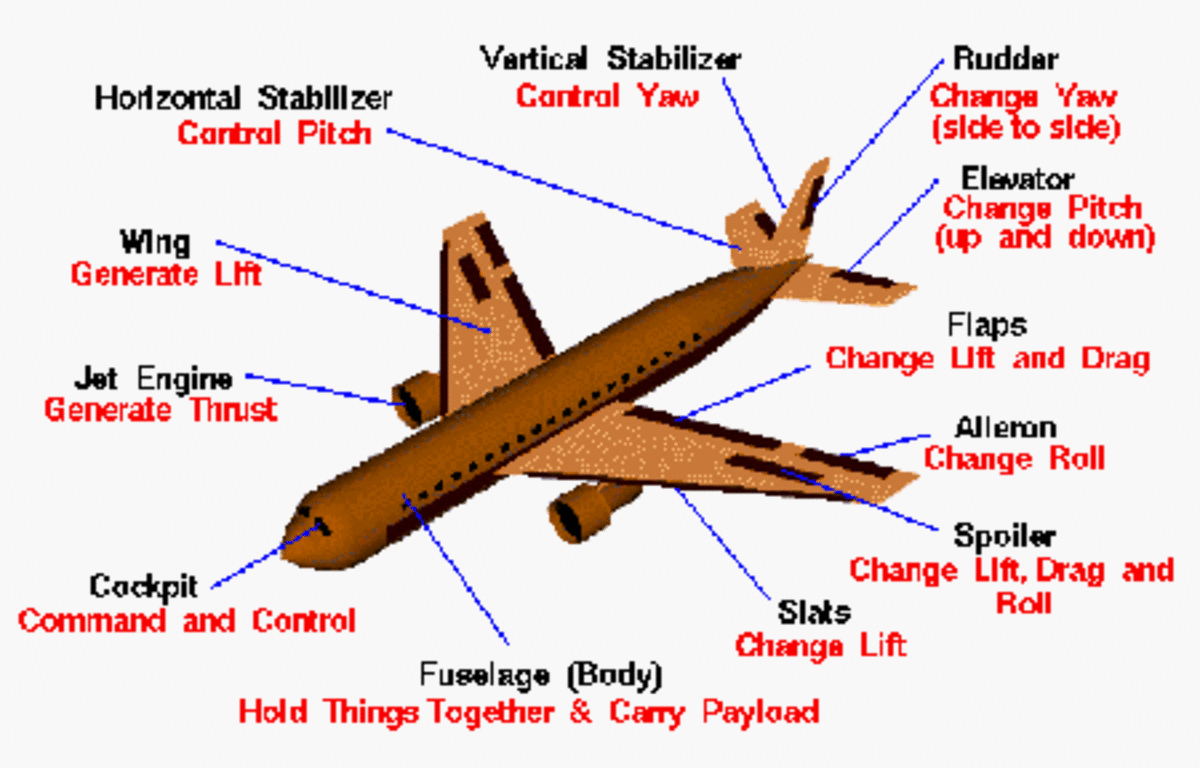Interstellar Travel: Is It Possible?
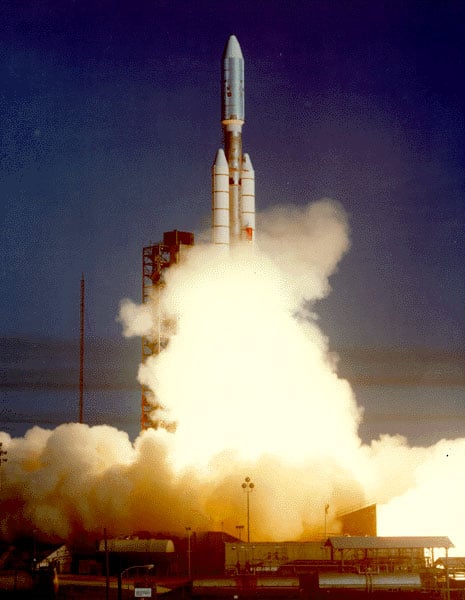
“To explore strange new worlds, to seek out new life and new civilizations, to boldly go where no man has gone before.”
This is the opening voiceover intoned by William Shatner before every episode of Star Trek. It echoes the call President Kennedy made before a joint session of Congress on May 25, 1961:
“I believe that this nation should commit itself to achieving the goal, before this decade is out, of landing a man on the moon and returning him safely to the Earth.”
It matters not why Kennedy made this statement and the different pressures he was under from the Bay of Pigs to the orbital flight of Yuri Gagarin. What matters is that as preposterous as that statement sounded in 1961 it was eminently doable. The technology was within our grasp. The amount of funding such a project would require was within the realm of possibility. It was possible to go to the moon and return within a matter of days. As far distant as the moon seems to be, in actuality we’re only talking 238,900 miles. Neil Armstrong referred to the last step he took from the lunar lander to the surface; in the scope of the vastness of space to travel from Earth to the Moon is really only one small step.
The length of time it takes to get to the Moon varies depending on the vehicle. It took Apollo 11 3 days, 3 hours and 49 minutes. The first probe to the Moon, the Soviet Luna 1, took 36 hours and averaged 10,500 km/h. The fastest time was NASA’s New Horizons Pluto mission, 8 hours, 35 minutes. The Pluto mission was powered to 58,000 km/hr to give it a good start on its way to the depths of the solar system. A flight to the Moon would be decelerating in order to enter lunar orbit; on the contrary, New Horizons was well past the Moon and still accelerating. Remember, we’re only talking 238,900 miles.
The distance from Earth to Mars varies by where they are in their orbits. The closest Mars can ever be to us is 34.8 million miles, that is called opposition and is when the Earth passes between Mars and the Sun. When we are on opposite sides of the Sun the distance can be as great as 249 million miles. Earth and Mars are in opposition every 26 months. The Curiosity mission launched on November 26, 2011 and landed on Mars August 6, 2012, after 253 days of spaceflight. The length of time it takes to get from Earth to Mars can vary between 150 and 300 days. It all depends on the distance that needs to be covered, how much fuel you either can or are willing to carry, and the amount of weight you need to accelerate to escape velocity. The last two reasons are why manned missions to Mars may very well disembark from low Earth orbit.
But Mars is close. It’s anywhere from 35 to 250 million miles away; however, in galactic terms, we share a driveway. What about more distant planets and the outer reaches of the solar system.
Voyager 1 & 2 were launched in 1977. They are twin 722 kg space probes designed to study the outer solar system. They have a maximum speed of 38,610 mph and both probes have far exceeded expectations. Currently they are both in the heliosheath, the outermost layer of the heliosphere where the solar wind is slowed by the pressure of interstellar gas. In plain English they are on the verge of leaving the solar system. They were launched when Jimmy Carter was president.
They are leaving the solar system in opposite directions. Voyager 1 is traveling at about 3.6 AU per year (astronomical unit = distance of Earth from the Sun) and Voyager 2 about 3.3 AU per year.
Voyager 1 is 18,465,407,219 km from Earth or 34 hours 13 minutes and 7 seconds of light time from the Sun. Because Earth moves around the Sun faster than Voyager 1 is travelling from Earth, the distance between Earth and the spacecraft fluctuates over the year.
In March 2013 it was momentarily believed that Voyager 1 had actually left the solar system, but this was proved to be incorrect. However, very shortly it will. Both Voyagers will continue on until something stops them; however, it is not necessarily inevitable that something will stop them. Due to the vastness of space they could easily go on for hundreds, thousands or millions of years without encountering anything. It may be more likely that some form of intelligent life may search them out before they are drawn in by the gravitational forces of some distant object. In approximately the year 164,700 Voyager 2 will pass by the star Sirius at a distance of 8.6 light years (50.6 trillion miles). Sirius is the brightest star in the night sky.
What Technology Do We Need To Think Interstellar
Several things, some of which we already have a technological basis for, we would need to have in place before we can even dream of deep space exploration, interstellar space or intergalactic space.
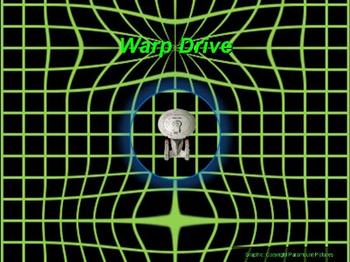
WARP Drive
The International Space Station and the space shuttle travel in orbit at a speed of 17,500 mph, Apollo 11 reached 25,000 mph and the fastest unmanned spacecraft traveled at 157,000 mph. It would take the space shuttle 38,263 Earth years to travel one light year. At the fastest speed we have ever been able to achieve, 157,000 mph, if the Mesopotamians had launched a probe from their Fertile Crescent space port to explore something 1 light year way, it would just now be returning to Earth.
In Star Trek and other sci-fi shows people travel between solar systems and galaxies in anywhere from hours to weeks. Obviously, that currently is only reality in the world of science fiction. On Star Trek they are able to do it because of warp drive, a form of travel where the space craft are able to take shortcuts through holes caused by distortions of space-time. This is something that may actually be in the realm of possibility and theoretical physicists have contemplated it at least since the 1920s. In 2012 physicist Harold White stunned the aeronautics world when he announced he and his team at NASA had begun working on a warp drive. His proposed design may eventually result in an engine that can transport a spacecraft to the nearest star in a matter of weeks – without violating Einstein’s law of relativity. Whether possible or not there are two things that are certainties: 1) any technology of this type would require enormous amounts of energy; and, 2) without something of this nature humans aren’t going to be visiting anyone outside of the solar system.
Optical Communications
NASA is funding a project called the Laser Communications Relay Demonstration which would use laser beams to transmit data between spacecraft and Earth-based stations at anywhere from 10 to 100 times faster than presently possible. Currently it takes about 90 minutes to transmit a picture from Mars to Earth. Theoretically that time could be reduced to five minutes. Even that speed is too slow if we are trying to communicate with manned flights to the outer planets. At the speed of light it would take 43 minutes and 15 seconds for a transmission to go from the Sun to Jupiter. From Earth to Jupiter the time would be anywhere from eight minutes less to 16 minutes longer depending upon orbital location. This technology is to be space-tested in 2016.
Clocks
If you want to navigate in deep space you would need an excellent navigation system based on a super-precise clock. The clock is necessary to calculate distances and without absolute accuracy you have no hope of getting anywhere. In 2015 NASA has plans to test an experimental Deep Space Atomic Clock they have been refining over the past twenty years. This is a miniaturized, ultra-precise mercury-ion atomic clock that is 100 times more accurate than any clock in existence. All clocks are imprecise to a certain degree; this clock is said to be accurate to within a nano-second over a 10-day period. A clock with this degree of accuracy can be used to measure frequencies, which are used to calculate distances, with a much greater degree of precision. Once utilized the Deep Space Atomic Clock will act in deep space much as a GPS does for us on Earth.
Robotic Advance Teams
To a certain degree we have this in place. Right now on Mars we have Curiosity exploring and gathering information useful to a manned mission. However, we would need more, much more. If we were to attempt any type of colonization we would need to use robotic crews to smooth the terrain to provide for landing areas, build shelters, and search for usable sources of water and oxygen. If, in the future, we wanted to land on an alien world with something along the lines of the space shuttle it would require materials that world would need to provide. The space shuttle requires 250,000 cubic yards of concrete to make a runway to land on. There is no way that can be transported from Earth; however, theoretically the materials could be mined and constructed robotically.
Gravity Substitutes
Prolonged weightlessness brings about physiological changes that will destroy the human body. This has been proven. Astronauts’ muscles atrophy, they lose bone mass, they lose blood volume; they feel light-headed when they stand up and their sense of balance is altered. Much of the current experimentation on the space station has to do with the physical effects of weightlessness.
So far, on short term trips, the effects of weightlessness have been countered by exercise. However, it may make sense in the future to create an artificial gravity for longer trips. Scientists are looking into how a rotational mechanism on a spacecraft can be used to simulate gravity.
Force Fields
On Earth our atmosphere protects us from radiation and cosmic particles; in space we would be under constant bombardment. Theoretically a high-energy electrical field might be able to protect the ships/voyagers from the harmful effects of radiation and cosmic rays etc. by deflecting it. There are some very early attempts at using electrical fields right now to protect satellites and other objects of that sort from harmful radiation and specifically solar flares. As for cosmic particles, pieces of dust travelling at thousands of miles per hour that would pass right through a ship; that is going to have to be figured out. In low Earth orbit everything is tracked by scientists and occasionally you will hear of them repositioning the International Space Station to remain clear of some passing space junk. But just as asteroids suddenly show up on Earth’s doorstep, the same would be true of deep space travel.
Food
There is no way enough food could be stored on a space craft for the amount of time it would take to travel to deep space. Scientists would need to figure out how to grow food without while en route without using soil or large amounts of water. NASA research has shown the aeroponically grown plants absorb more minerals and nutrients than plants grown in the ground making them more nutritious. However, in addition to plants scientists are going to need to figure out a good source of protein as well. Experiments are underway where meat is being grown from stem cells. Potentially artificially grown beef, pork and chicken may be available in the not to distant future.
Time
This is the ultimate problem with deep space travel. Distances are so vast that no matter what the speed the trip is going to take a long, long time. Science fiction writers have come up with their solution to the time problem: suspended animation. Astronauts sleep until they get to where they are going, long stretches of time have passed, but physically, for them it is as if they just had a night’s sleep. Scientists are working on it and have had some limited success with mice, but it is a long way off, if ever.
Space exploration, in terms of time, may be better thought of as a generational trip; possibly, dozens if not hundreds, of generations and probably not on a single spacecraft. Think of space exploration as a flotilla or a carrier fleet. Everyone has a different function. The ability would exist to repair ships, expand them, and maybe even build new ones. Agricultural ships, medical ships, science ships; everyone moving en masse into the great unknown, the vast majority of the people who lived on the trip never making it anywhere, simply being a part of the getting there.
Conclusion
It doesn’t look like interplanetary travel will be commonplace anytime soon. As for interstellar or intergalactic travel, there are going to need to be a whole lot of technological advances before it can even be contemplated. However, on the positive side there is the story of Prince Henry the Navigator. Prince Henry was the foremost sailing expert of the 15th Century. He deduced the circumference of the Earth, and his numbers were correct. He knew, and rightfully so, that 15th Century sailors did not have the technology to sail the thousands of miles of open ocean that would be required to reach India by sailing west. Mr. Columbus, on the other hand, incorrectly figured out the circumference of the Earth and, using those false numbers, thought he could sail west and reach India. Obviously, Prince Henry was right and Chris was wrong.
I think we all know how that one turned out.
